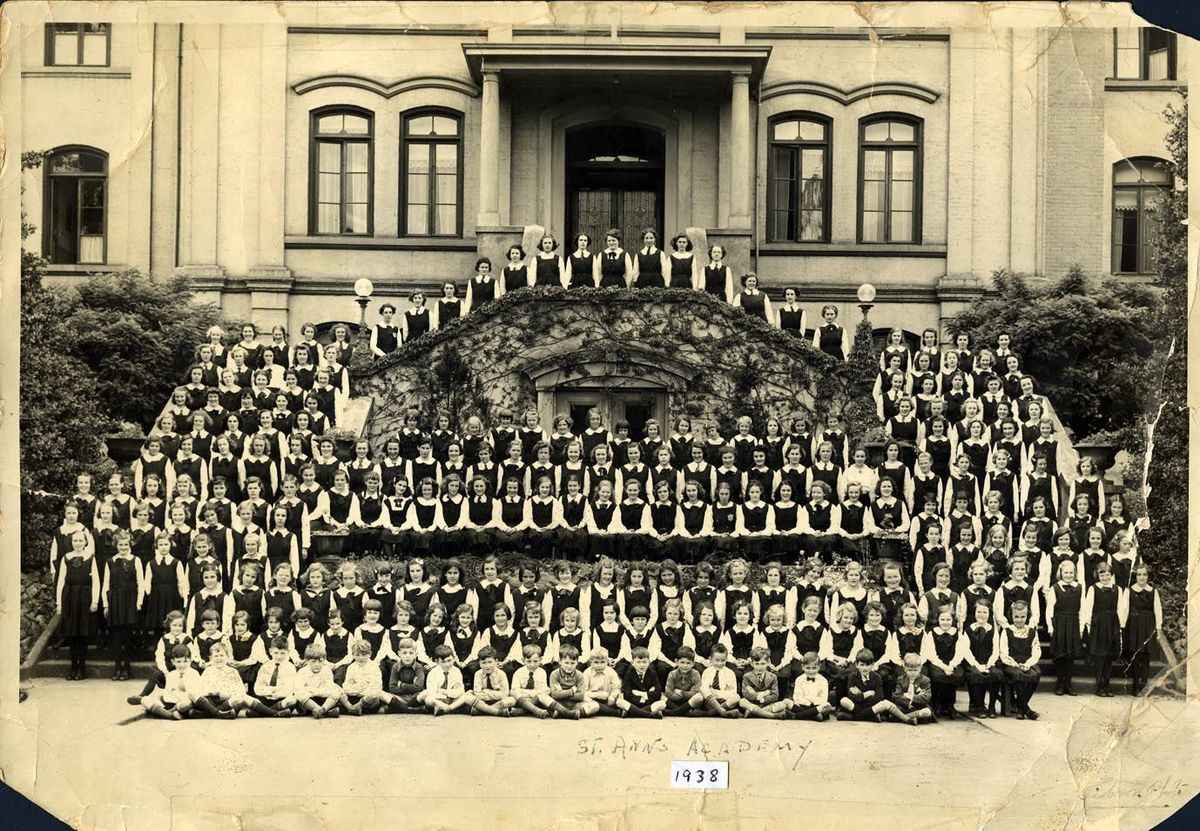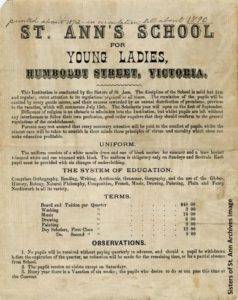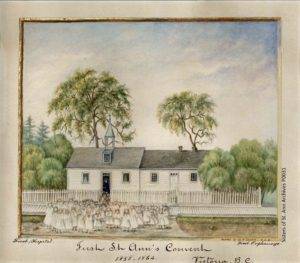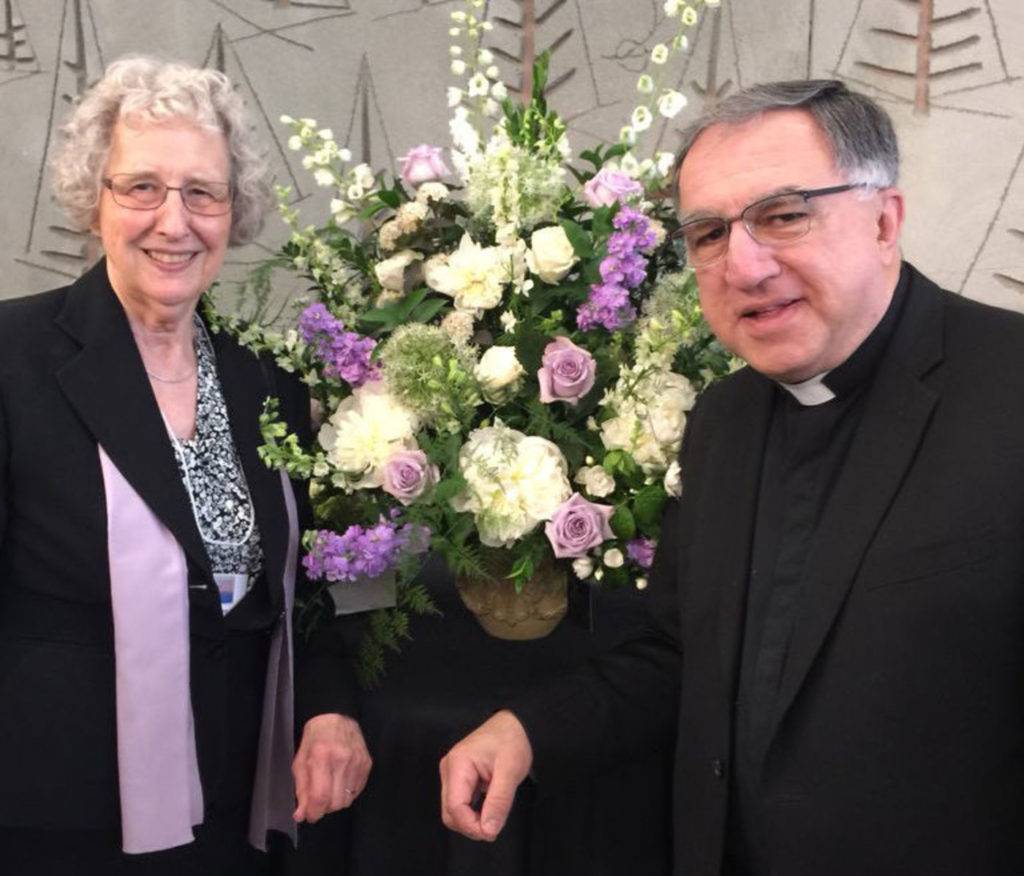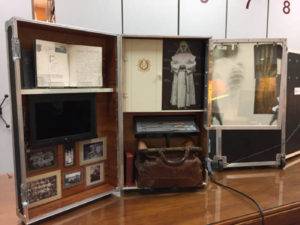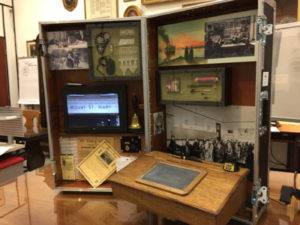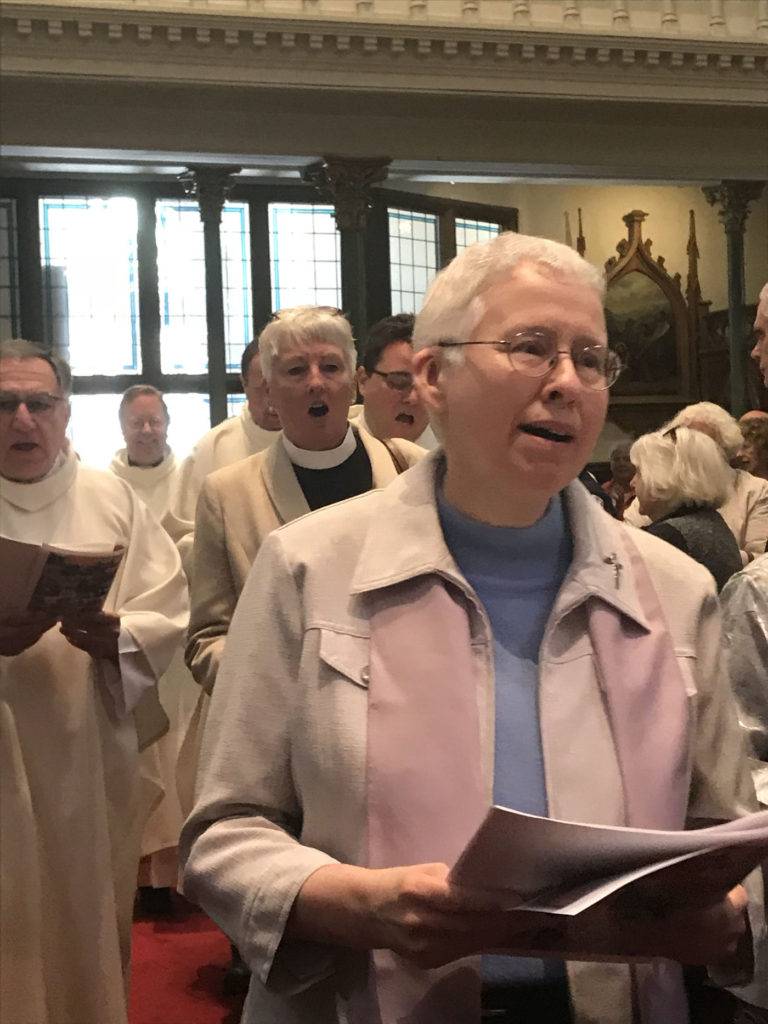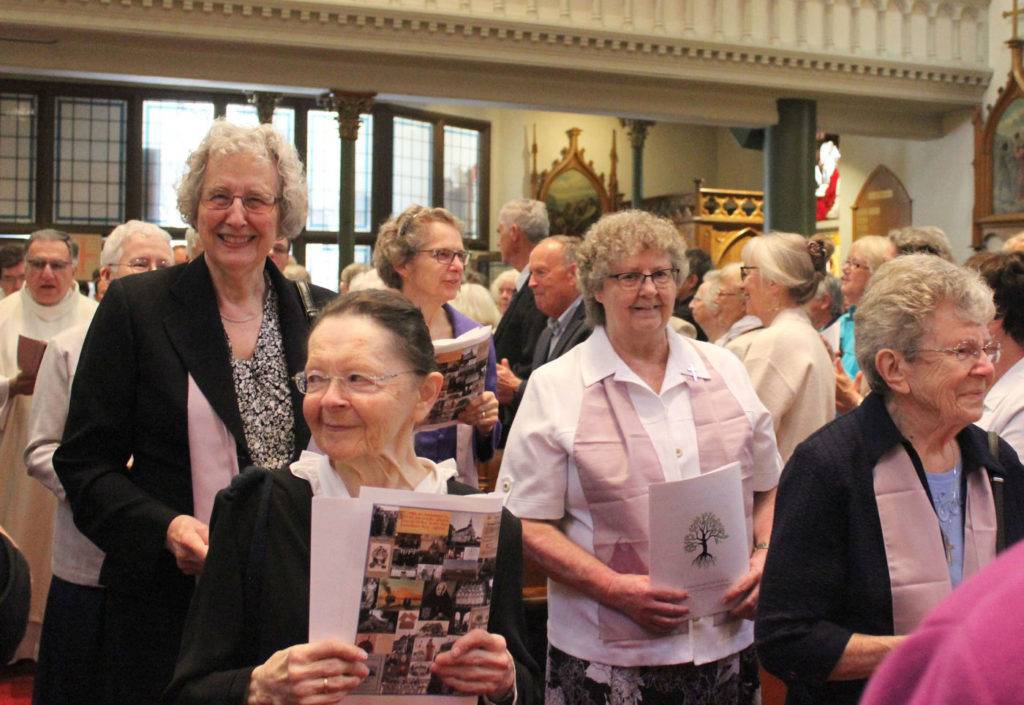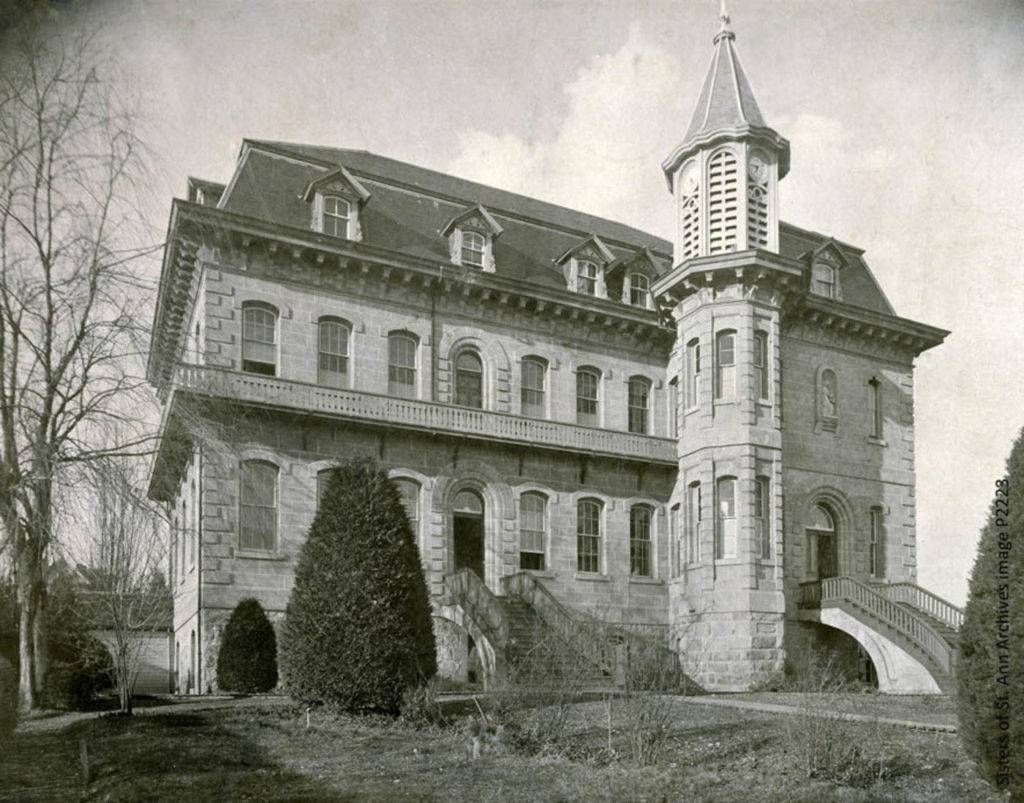Over 160 years, the Sisters of St. Ann have taught thousands of students, treated thousands more patients, and multiplied social justice efforts in B.C.
Now, as a congregation of sisters older than Canada itself faces dwindling numbers and no new recruits, it’s finding new ways to continue the mission they arrived with in 1858.
Not leaving a legacy
Once there were as many as 200 Sisters of St. Ann serving in education, health care, pastoral care, and other efforts in the Pacific Northwest. Now, there are 27 sisters left with an average age of 83.
Sister Marina Smith, who joined the community 65 years ago, says the focus as the community ages is not about leaving their stamp on history. “We do not try to ‘set a legacy,’” Sister Smith told The B.C. Catholic. “We’re not about that.”
Instead, the plan is to set things in motion so even after the last Sister of St. Ann in B.C. has passed away, their 160+ years of dedicated service to the poor and marginalized will not come to a stop.
“We’re not leaving something in our memory. We’re continuing something. It’s like what Jesus did: he left apostles to continue his mission. We’re hoping that’s what we’re about: continuing his mission.”
The mission
Blessed Marie Anne Blondin founded the Sisters of St. Ann in Vaudreuil, Que., in 1850. In her words, the purpose of the congregation was “the education of poor country children, both girls and boys in the same schools.”
They were 44 sisters strong when Bishop Modeste Demers of Vancouver Island came to visit in 1857 and asked if some sisters could travel west and open schools in his diocese.
Four sisters made the two-months-long journey back with him, arriving in Victoria June 5, 1858, four years before the city was incorporated. They opened the doors of a simple one-room school with dirt floors a few days later, and from the first day, welcomed everyone from the children of the governor to Metis orphans.
By their 60th anniversary, they had opened 21 schools, educated 17,000 students, founded four hospitals, and cared for 450 orphans.
By their 160th anniversary, the Sisters of St. Ann have opened or operated schools in B.C., the Yukon, Washington, and Alaska. Some have since closed, while others, such as Little Flower Academy established in Vancouver in 1927, are still running.
The sisters also opened 10 hospitals and St. Joseph’s School of Nursing, which trained generations of medical professionals in its 81 years in Victoria. Some hospitals have since closed, while others like Mount St. Mary Hospital were passed into other hands.


